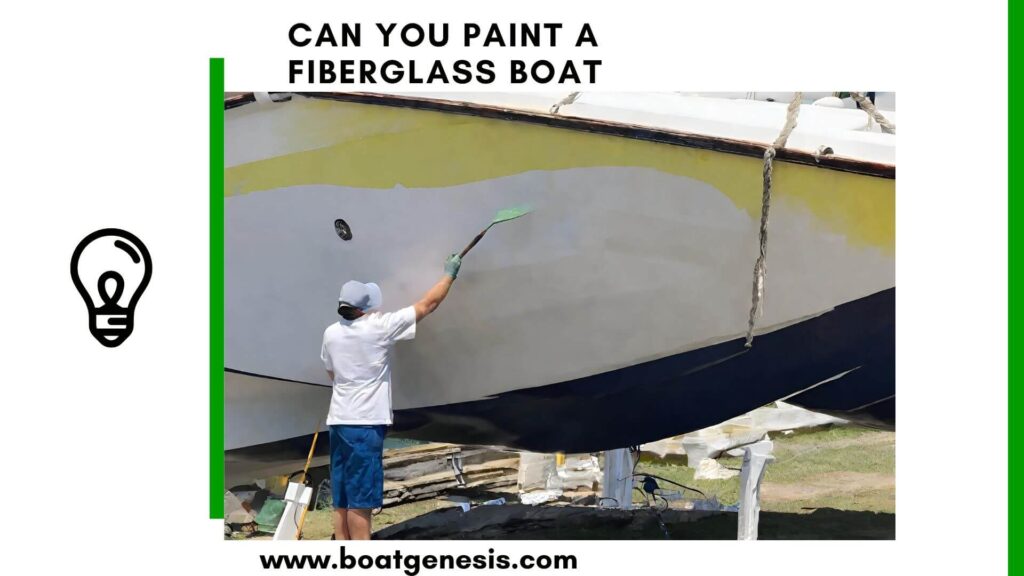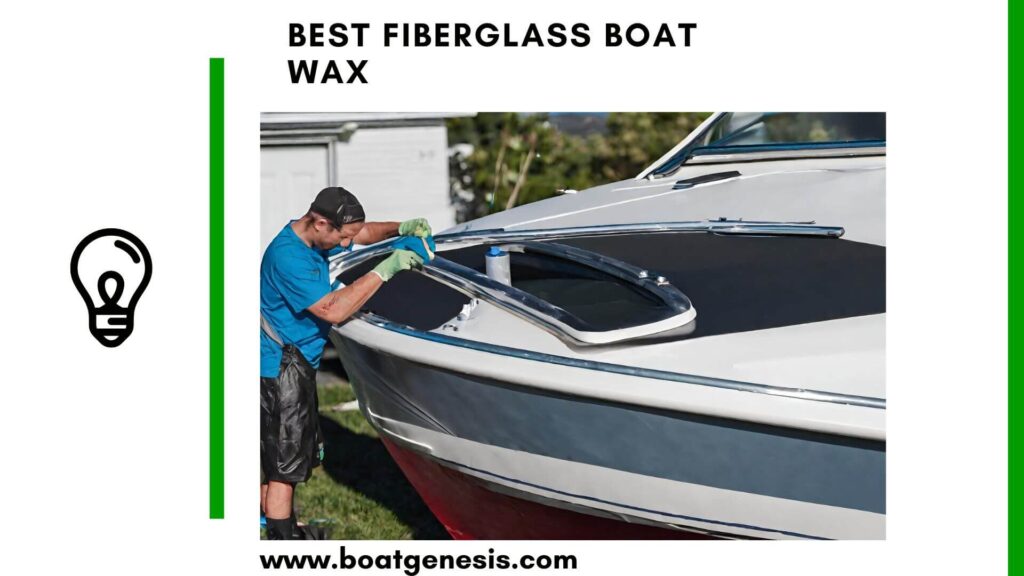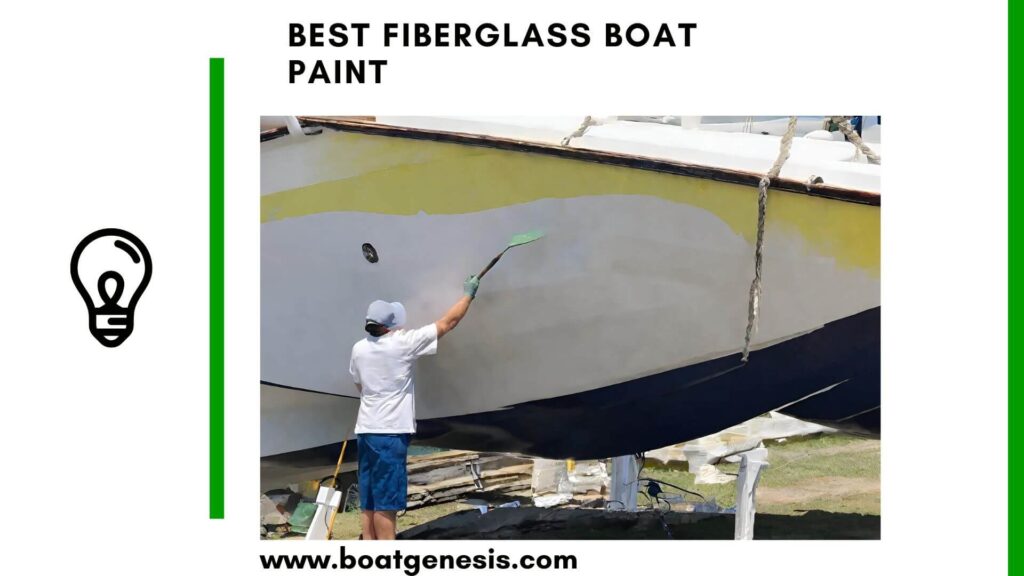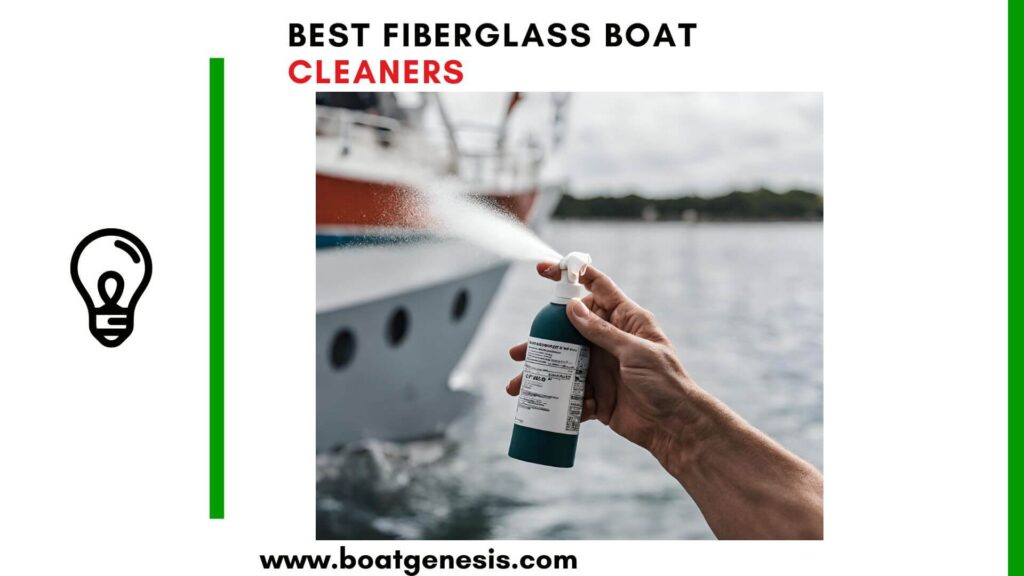Yes, Fiberglass boats can be painted to restore or change their appearance. With proper surface preparation, using compatible paints, and following application best practices, a fiberglass boat can be given a fresh new look.
Overview of Fiberglass as a Material
Fiberglass boats are made from fiberglass cloth reinforced with polyester or epoxy resins. The outer layer is usually a colored gelcoat that provides a smooth finish and protects the underlying glass fibers.
Why Fiberglass Boats Can Be Painted
While very hard and durable, the gelcoat surface can become dull and fade over time from oxidation and UV exposure.
Painting allows for the restoration of gloss and color. The porous nature of fiberglass also allows the paint to mechanically adhere.
Advantages of Painting Fiberglass Boats
Key benefits of painting a fiberglass boat include restoring faded gelcoat, changing the color, renewing gloss, and providing UV protection.
Paint also allows for custom designs and graphics.
Factors to Consider Before Painting
The existing condition of the gelcoat and the preparation required should be assessed.
Environmental factors such as temperature and humidity also need consideration. Compatible paints and proper application techniques are essential.
Preparation Steps
Cleaning the Surface
Thorough cleaning is crucial for paint adhesion. All wax, grease, oil and other contaminants must be removed. A wax and grease remover should be used, followed by a final wipe with a tack cloth.
==>> Also read: How to remove wax from fiberglass boats?
Sanding the Gelcoat
Lightly sanding with 120-150 grit sandpaper roughens the surface for mechanical adhesion and removes any glossy areas. Be careful not to sand through the gelcoat.
Filling Any Imperfections
Small cracks and imperfections should be filled with a putty designed for fiberglass. This ensures a smooth surface for painting.
Masking Off Areas
Areas not being painted should be masked off with plastic sheeting and painter’s tape. This protects hardware, windows, and other surfaces.
Potential Challenges
Adhesion Issues
Adhesion promoters or fiberglass primers may be needed to ensure proper bonding, especially with slick or aged gelcoat. Epoxy primers are a good option.
Environmental Considerations
Ideally, paint when temperatures are between 50-90°F with low humidity. Tenting and fans may be needed if conditions are unfavorable.
Paint Compatibility
Using paints formulated for marine use ensures compatibility with fiberglass. Household paints should be avoided.
Special Considerations
Gelcoat vs Non-Gelcoat Surfaces
Gelcoat requires extra prep to roughen the slick surface. Non-gel coat fiberglass is more porous and requires sealing with epoxy primer.
Maintenance After Painting
Regular washing, waxing, and polishing are needed to protect the paint from UV damage, oxidation, and water spots. Use quality boat care products.
Choosing the Right Paint
You’ll want to use a high-quality marine-grade paint designed for fiberglass.
==>> See my recommended top fiberglass boat paints here.
Options include one-part or two-part polyurethane, acrylic urethane, and epoxy paints.
Two-part polyurethanes provide the most durable and glossy finish but also tend to be the most labour-intensive.
Be sure to choose a paint compatible with fiberglass that offers UV resistance and the desired gloss level. Pay close attention to the manufacturer’s recommended surface prep and application instructions.
Caring for the Finish
Once the paint has fully cured (usually 7-10 days), it’s important to wax the finish to protect the paint from UV damage, oxidation, and water spots.
Use a high-quality marine wax designed for painted surfaces. Regular waxing, typically once or twice per year, will help maintain the painted finish.
With the right tools and techniques, painting a fiberglass boat can revive an old, faded finish or allow for a color change.
Taking the time to properly prepare the surface, apply compatible paints, and maintain the finish will result in a boat that looks great and provides years of lasting color.
Learn how to paint a boat gel coat here.

Founder of BoatGenesis, Warren has hands-on experience in fiberglass boat repairs, marine equipment testing, and powerboat building. Learn more about Warren.




